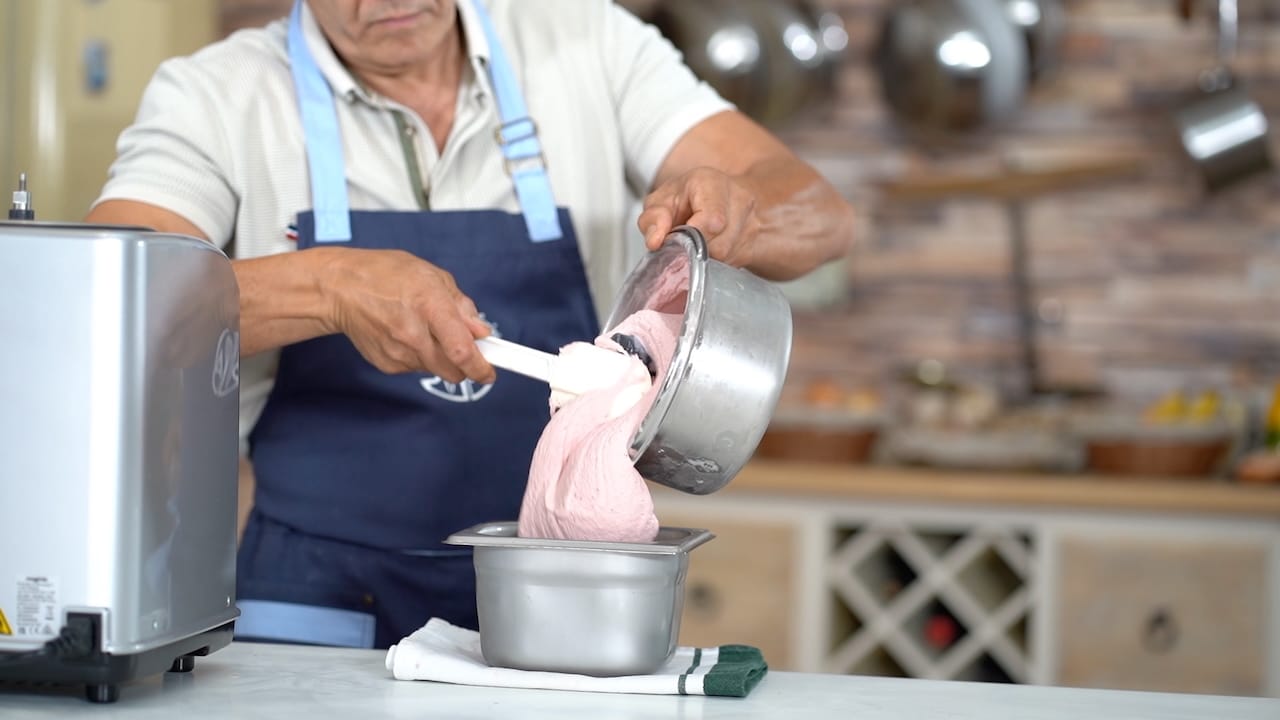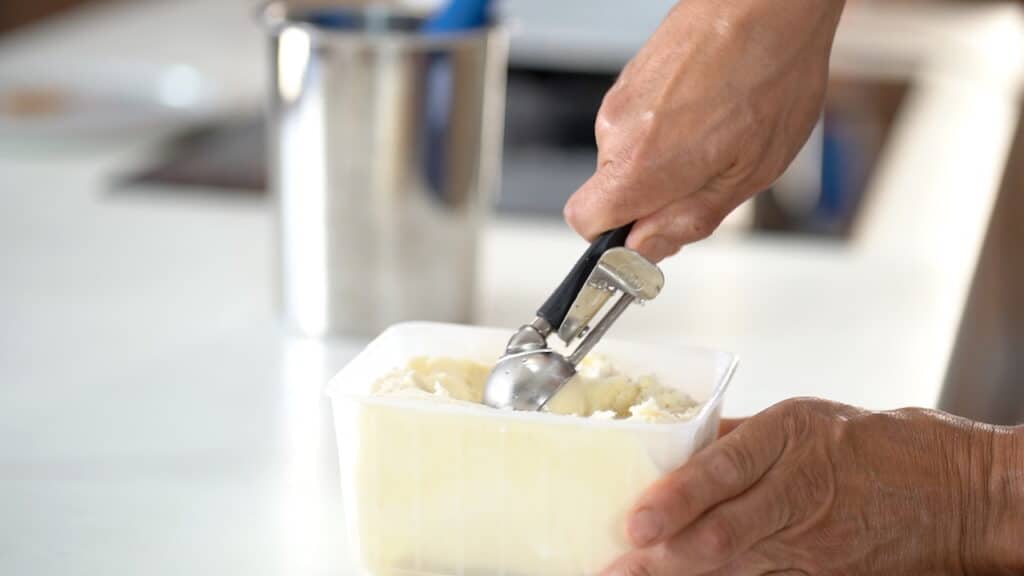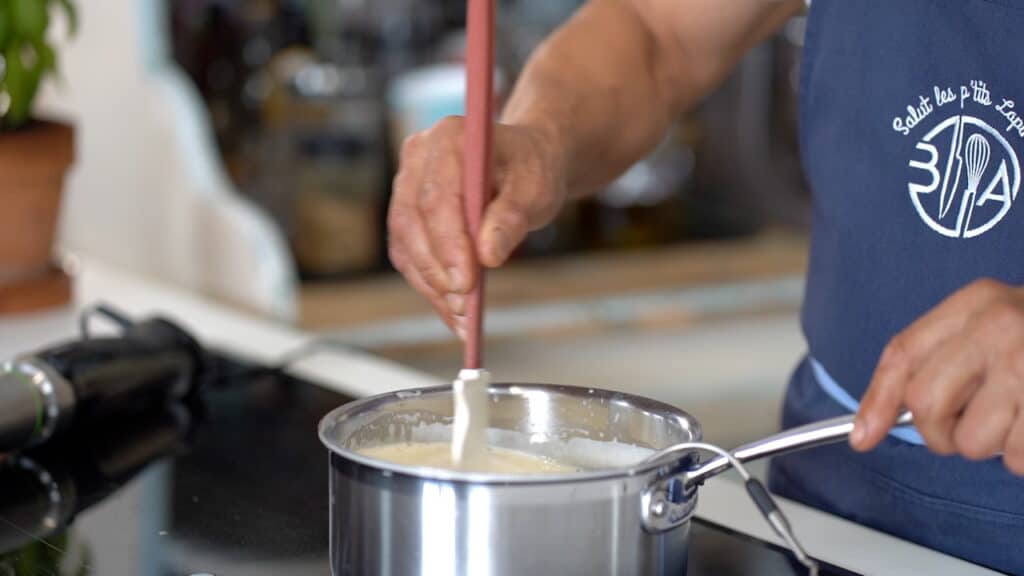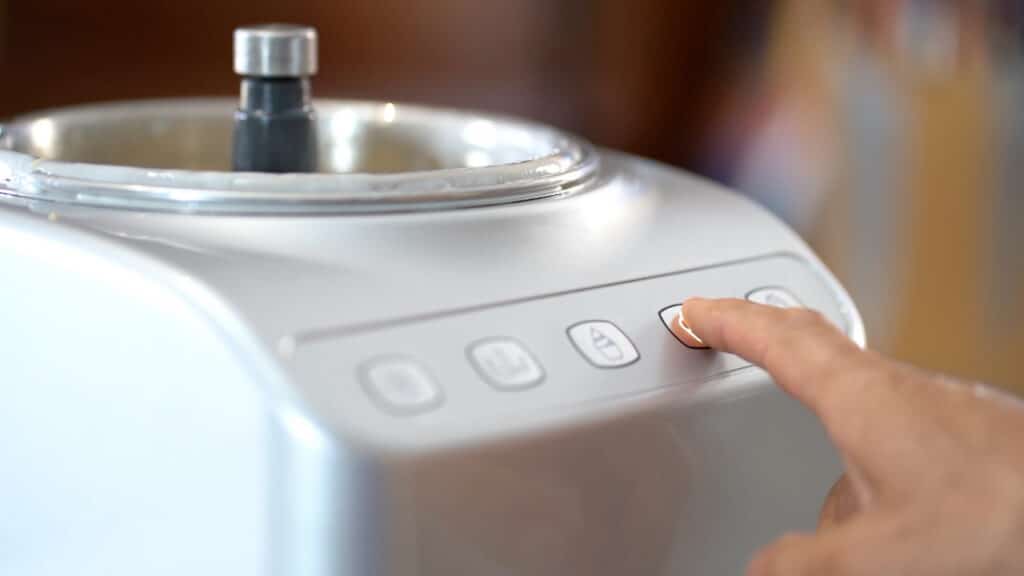If there’s one category of ingredients that consistently raises eyebrows in the world of ice cream, it’s stabilizers and emulsifiers. In fact and recently, one comment says: ”What are these weird powders?” Some see them as unnecessary or artificial. I see them as essential tools, powerful, subtle, and transformative when used with intention. As a professional chef, I’ve learned that if you want consistent texture, longer shelf life, and a silky mouthfeel, you need to understand and embrace these often-misunderstood components.
In this article, we’ll demystify stabilizers and emulsifiers: what they are, what they do, and how to use them effectively in artisan ice cream and sorbets.
Notice: This article is part of a comprehensive series dedicated to the craft of ice cream and frozen dessert making. We recommend reading the articles in the suggested order. You can find all eight articles in this series listed at the bottom of the page.
What are stabilizers and why do we use them?
Stabilizers are hydrocolloids, compounds that bind with water to influence viscosity, texture, and crystallization. In frozen desserts, they’re indispensable.
First, stabilizers reduce the growth of ice crystals over time. Even after fast freezing, storage conditions can cause crystals to grow, leading to a coarse, icy texture. A well-dosed stabilizer prevents this by creating a more stable water phase.
Second, they increase viscosity, making the mix thicker and creamier. This improves the body and mouthfeel, especially in low-fat recipes. In sorbets, they help compensate for the lack of dairy fat.
Third, stabilizers enhance shelf life and melting resistance. They slow down the rate at which ice cream liquefies, making it easier to handle and serve.
And finally, they stabilize air bubbles introduced during churning. This improves overrun and helps maintain structure during hardening.
Understanding the main families of stabilizers
There isn’t a single magic stabilizer, but rather a toolbox of options you can blend depending on your goal. Here are the most common ones in professional glacerie:
- Guar gum: extracted from guar beans, it hydrates quickly and boosts viscosity. Common in sorbets and low-fat ice creams.
- Locust bean gum (carob gum): slower to hydrate but offers excellent texture and creaminess, especially when combined with guar.
- Carrageenan: derived from red seaweed, it’s often used in milk-based systems to prevent protein separation.
- Xanthan gum: creates high viscosity even at low doses and works across a wide pH range. Useful in acidic sorbets.
- Alginate (sodium alginate): provides melt resistance and is used for firmer, chewier textures.
They are the most controversial part of ice cream making. Traditionalists denounce them thinking everything should be “natural”. The truth is most of stabilizers and emulsifiers are natural.
These stabilizers are often blended by ingredient suppliers into premixed “ice cream stabilizer” powders. The right blend offers synergies that outperform any single ingredient.
The dosage? Typically 0.2% to 0.5% of total mix weight. More than that, and you risk gummy, elastic textures. Precision and small-scale testing are key.
Emulsifiers: unifying fat and water
If stabilizers deal with water, emulsifiers manage the relationship between fat and water. Ice cream is an emulsion, tiny fat globules dispersed in a watery environment. Emulsifiers help these elements coexist harmoniously.
Lecithin (naturally found in egg yolks) is the traditional emulsifier in classic French ice creams. It stabilizes fat droplets and aids in the formation of a creamy texture.
In modern recipes, mono- and diglycerides are commonly used. They break the surface tension between fat and water, encouraging partial coalescence of fat during churning. This creates a better foam structure and more stable air incorporation.
Well-managed emulsification improves:
- Body and creaminess
- Whipping behavior (overrun)
- Stability during storage and scooping
Emulsifiers are typically used at 0.1% to 0.3% of the mix. As with stabilizers, moderation is critical. Too much leads to waxy or greasy sensations.
How to incorporate stabilizers and emulsifiers correctly?
Adding stabilizers and emulsifiers isn’t just about dumping powder into your base. There’s a method.
- Pre-mix with sugar: Always mix stabilizers and emulsifiers with part of your sugar to avoid clumping.
- Hydrate properly: Most hydrocolloids need to reach a certain temperature to hydrate fully (typically around 70–85°C).
- Pasteurize the mix: This ensures food safety and activates the stabilizers.
- Cool rapidly and mature: Letting the mix rest for 4 to 12 hours allows full hydration and flavor melding.
Testing is key. Different fruits, sugars, and fat levels interact differently with these ingredients. What works in a strawberry sorbet might not suit a chocolate gelato.
Refinement through control
In artisan ice cream, stabilizers and emulsifiers aren’t about cheating. They’re about control. They allow you to craft desserts that are creamy yet clean, stable yet delicate.
Used wisely, they help express your flavors more clearly by supporting structure and balance. As chefs, we don’t just chase taste, we chase texture, consistency, and longevity. And that’s where these unsung heroes truly shine.
In the next article, we’ll walk through the complete fabrication process step-by-step, from pasteurization to storage, with the best practices I’ve learned through years of professional experience.








